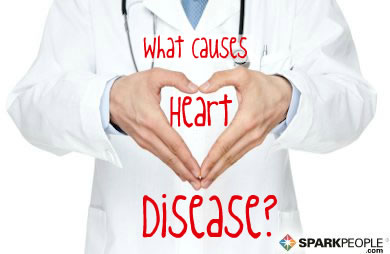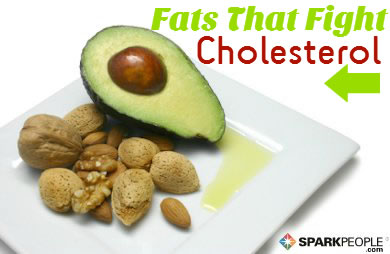Know These Numbers to Protect Your Heart
-
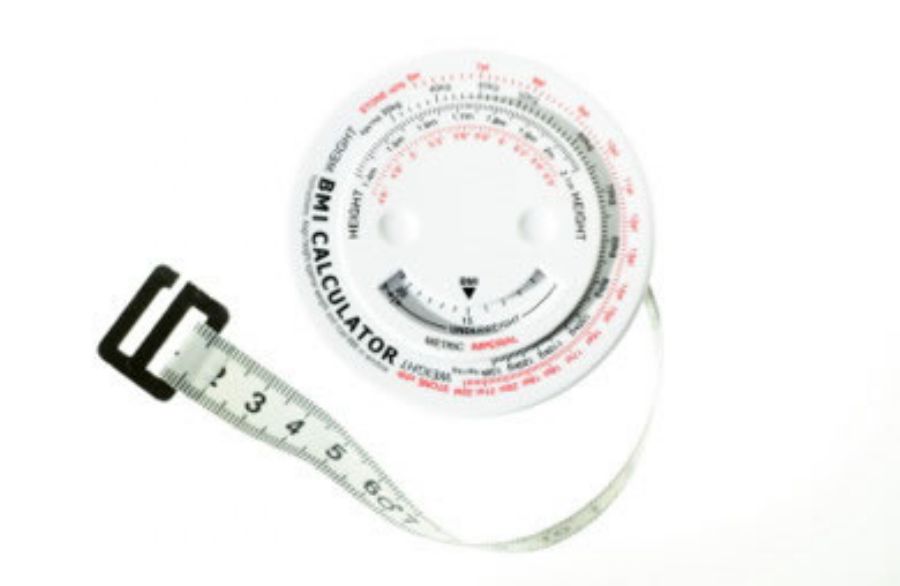
25: Body Mass Index
Body Mass Index (BMI) is a quick way to calculate whether your weight is healthy for your height. A BMI over 25 is considered overweight, and a BMI above 30 is classified as obese. Both categories increase your risk of heart disease and heart attack—even if you have no other risk factors. Being overweight increases your blood LDL (bad) cholesterol and triglyceride levels, lowers HDL (good) cholesterol, and exacerbates other heart disease risks like diabetes and high blood pressure. Plus, carrying excess weight simply puts additional strain on the heart, forcing it to work harder. Losing just 10% of your body weight (if you are overweight) can improve your heart health.
-
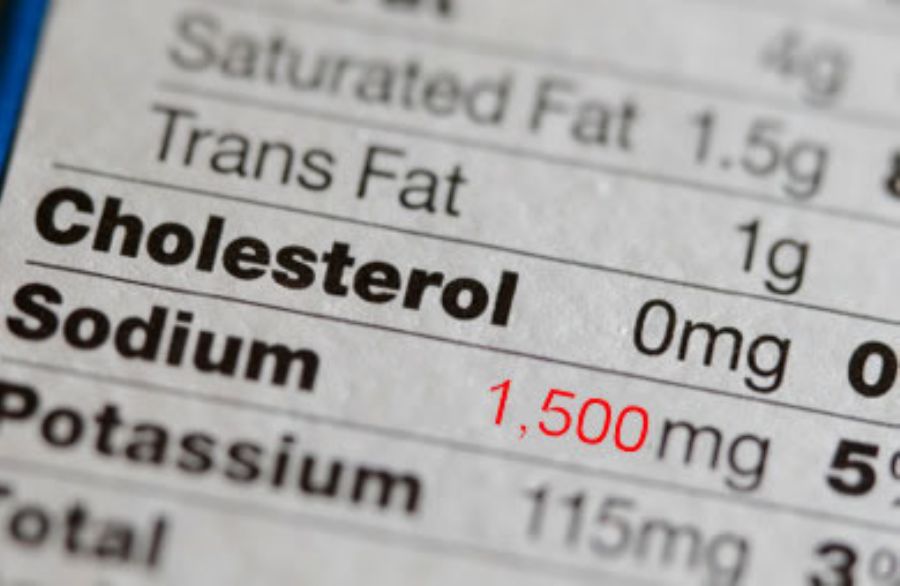
1,500 or fewer: Milligrams of sodium per day
Following a low-sodium diet can help prevent high blood pressure and heart disease, but meeting these guidelines is a real challenge for many people since sodium is prevalent in so many store-bought foods and restaurant dishes. Cooking at home, putting away the salt shaker, and using salt-free flavor boosters can help. Get more tips to reduce your sodium intake.
-

30 or more: Minutes of daily exercise
As little as 30 minutes of moderate-intensity aerobic exercise, such as walking, most days of the week can substantially reduce your risk of heart disease, enhance your mental well-being, help you manage your weight, and improve your blood pressure and blood lipid (cholesterol) profiles. Get a heart-smart workout plan here.
-
.jpg)
200 or less: Total cholesterol (mg/dL)
High cholesterol puts you at risk for cardiovascular disease. Cholesterol is often reported as a single number referred to as "total cholesterol," which can be measured by a simple blood test. Your total cholesterol should be below 200 mg/dL for optimum heart health, but your levels of LDL and HDL cholesterol are more important indicators than this single number is.
-

100 or less: LDL "bad" cholesterol (mg/dL)
Low Density Lipoprotein (LDL) is the bad, lazy cholesterol. LDL is made by the liver to carry cholesterol to the body’s cells and tissues. It may form deposits on the walls of arteries and other blood vessels. You want this number to be low. Less than 100 mg/dL is optimal (and up to 129 mg/dL is near optimal). Unhealthy levels are 130-159 mg/dL (borderline high), 160-189 mg/dL (high), and over 190 mg/dL (very high). A blood test administered by your doctor will reveal your LDL cholesterol level. Learn how to lower your cholesterol.
-

60 or more: HDL
High Density Lipoprotein (HDL) cholesterol is the good, healthy cholesterol. HDL picks up and carries excess cholesterol from artery walls and brings it back to the liver for processing and removal. You want this number to be high—at least 60 mg/dL—to protect your heart. Levels too low (less than 40 mg/dL) are bad for your health, increasing your risk for heart disease. A blood test administered by your doctor will reveal your HDL cholesterol level. Here are some tips to boost your HDL.
-

5 or more: Servings of fruits and vegetables per day
Fruits and vegetables contain powerful nutrients and antioxidants that promote heart health. Select at least 5-9 servings daily from a wide variety of colorful fruits and vegetables. Whether fresh, frozen or canned, fruits and vegetables are an important addition to any heart-healthy meal plan.
-

120/80 or lower: Blood pressure (mmHg)
Optimal blood pressure is less than 120/80 mmHg. High blood pressure is dangerous because it makes the heart work too hard, and the force of the blood flow can harm your arteries. This is especially dangerous when coupled with other risks, such as high cholesterol. High blood pressure often has no warning signs or symptoms. If left uncontrolled, it can lead to heart and kidney disease, heart attack, and stroke. You can test your blood pressure at your doctor's office or with a home monitor. Talk to you doctor and follow these steps to reduce your blood pressure.
-

150 or less: Triglycerides (mg/dL)
Your body stores the extra calories you eat as triglycerides. People with high triglyceride levels often have low HDL (good cholesterol) levels and tend to be overweight; this combination is considered by many experts to be associated with an increased risk for heart disease. Less than 150 mg/dL of triglycerides is considered normal. Levels above 150 are considered high to different degrees: 150-199 mg/dL (borderline high), 200-499 mg/dL (high) and over 500 mg/dL (very high). A blood test administered by your doctor will reveal your triglycerides level. Trying to lower your triglycerides? Start here.
-

35: Waist circumference in inches
People who tend to carry excess weight in their belly area (known as "apple" shapes) are at a greater risk of several health problems, including heart disease. Women should maintain a waist smaller than 35 inches, and men should limit their waist circumference to 40 inches or less. Your genetics determine your body type, but losing weight can help trim your waist size and reduce your risk. Calculate your waist-to-hip ratio to learn more.
-

6 or fewer: Teaspoons of added sugar each day
A number of studies have found a correlation between high sugar consumption and heart disease risk. A diet high in added sugars can also decrease HDL (good) cholesterol levels and increase triglycerides levels, both of which are a heart disease risk factors. For these reasons, the American Heart Association recommends that women consume no more than 6 teaspoons of added sugars (about 100 calories) each day; that number becomes 9 teaspoons for men (150 calories). Just one 12-ounce can of cola has about 130 calories, or eight teaspoons of sugar. Learn more about where sugar lurks in your diet.
-

0: Tobacco products
Smoking is the leading preventable cause of heart disease and heart attack. People who smoke are 2-4 times likelier to develop heart disease than non-smokers, according to the AHA. Smoking damages the walls of your arteries, constricts blood vessels, and lowers your HDL (good) cholesterol levels. Quitting smoking can stop (and potentially reverse) a lot of the existing damage to your body.
-

300 or less: Milligrams of dietary cholesterol per day
For the prevention of heart disease, limit your intake of dietary cholesterol to less than 300 milligrams daily. If you already have an elevated LDL cholesterol level or you are taking a cholesterol medication, this goal is even lower: 200 milligrams daily. Cholesterol is found only in foods of animal origin, such as meat, poultry, fish, eggs, and dairy products. It is not found in plant foods.
-
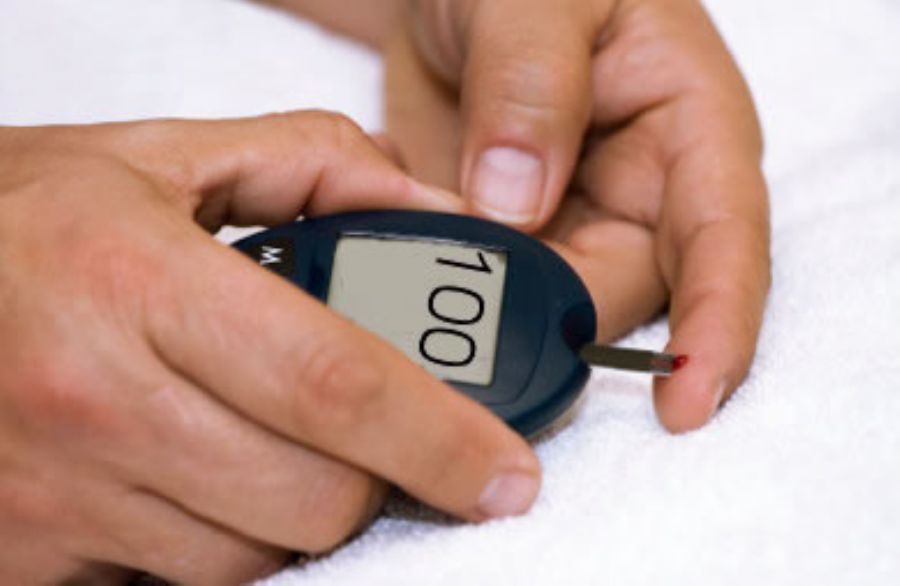
100 or less: Fasting glucose (mg/dL)
A fasting plasma glucose (FPG) test will measure your blood glucose level after an eight-hour (overnight) fast. A result less than 100 mg/dL is considered normal, but anything above that level is diagnosed as "impaired fasting glucose" (IFG). Between 100 mg/dL and 125 mg/dL is considered pre-diabetes, while 126 mg/dL or higher indicates type 2 diabetes. People who have type 2 diabetes are twice as likely to experience heart disease or stroke—even if it is well managed. 65% of people with diabetes die of some form of cardiovascular disease, according to the AHA.
-

7 or fewer: Percent of daily calories that should come from saturated fats
A diet high in saturated fat increases both your total cholesterol and your LDL (bad) cholesterol. Some experts say that limiting your saturated fat intake is one of the most important cholesterol-lowering tips you can follow. No more than 10% of your calories should come from saturated fats—that's about 15-25 grams daily, depending on your calorie needs. People with other heart disease risk factors should limit their intake to 7% or less. Try to limit or avoid these sources of saturated fat: bacon, bacon grease, beef, butter, cheese, cream, cream cheese, ice cream, lard, palm kernel oil, palm oil, pork, poultry, sour cream, and whole milk.
See more wellness slideshows
Know These Numbers to Protect Your Heart
By Nicole Nichols, Health Educator
Don't wait for a diagnosis of heart disease to start thinking about the health of your heart. There are plenty of ways you can be proactive now to help prevent cardiovascular disease from ever occurring. By knowing your numbers, you can better assess your risk for heart disease—and protect your ticker before it's too late! Here are a few of the numbers that everyone should aim for to keep their hearts in optimal health.
Start Slideshow
25: Body Mass Index
Body Mass Index (BMI) is a quick way to calculate whether your weight is healthy for your height. A BMI over 25 is considered overweight, and a BMI above 30 is classified as obese. Both categories increase your risk of heart disease and heart attack—even if you have no other risk factors. Being overweight increases your blood LDL (bad) cholesterol and triglyceride levels, lowers HDL (good) cholesterol, and exacerbates other heart disease risks like diabetes and high blood pressure. Plus, carrying excess weight simply puts additional strain on the heart, forcing it to work harder. Losing just 10% of your body weight (if you are overweight) can improve your heart health.

